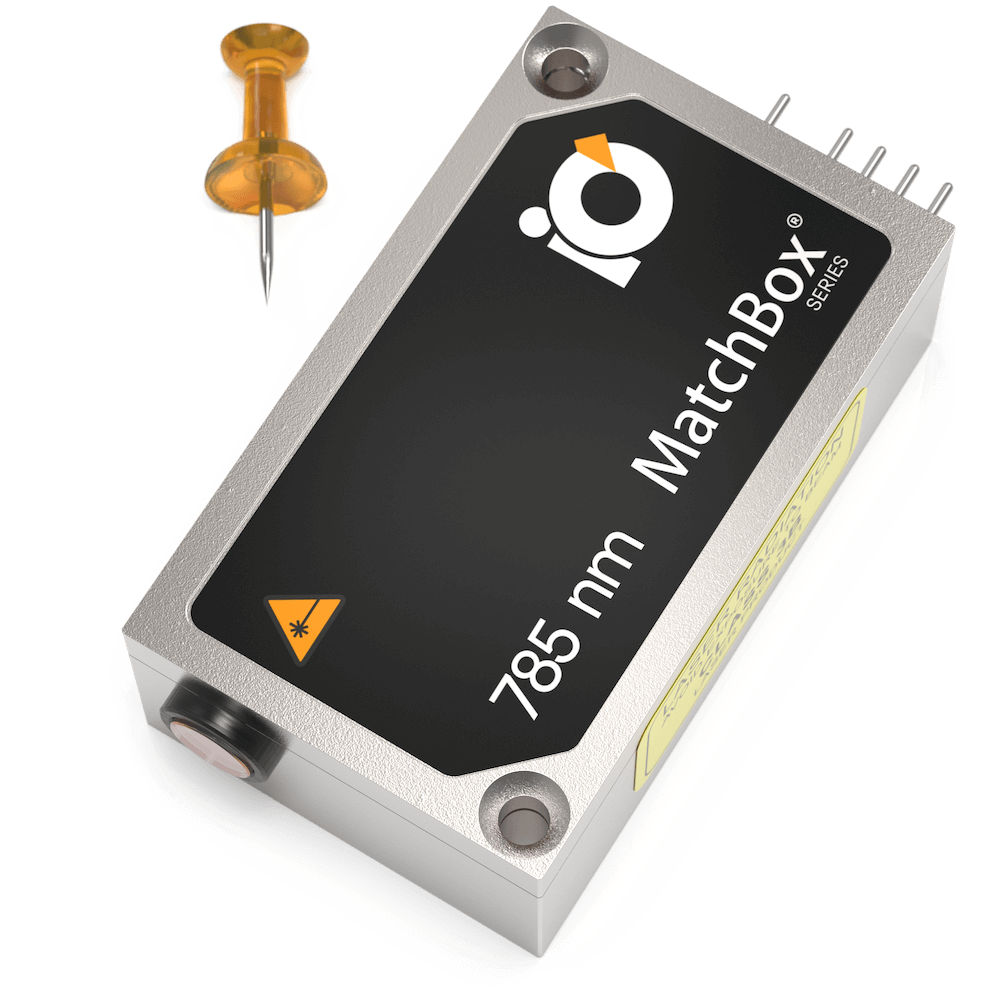Quantum Cryptography

Quantum cryptography is a way of securing information using the principles of quantum physics. One method of quantum cryptography is quantum key distribution (QKD), which allows two parties to share a secret key that can encrypt and decrypt messages. QKD uses entangled photons, which are pairs of light particles that have a quantum connection and share the same properties. By measuring the polarization of one photon, the other photon will have the same polarization, even if they are far apart. This way, the two parties can generate a random sequence of bits that form the key. However, to create and send entangled photons from space, they need small lasers that can fit into smallsats.
Traditional cryptography methods, while effective, are susceptible to threats. With the growing prevalence of quantum computing, these methods face the risk of becoming obsolete. Quantum cryptography offers a solution that is theoretically unbreakable, ensuring the security of information even in the face of powerful quantum computers.
Quantum Key Distribution (QKD), a subset of quantum cryptography, uses quantum mechanics to secure a communication channel. It involves creating a random secret key shared between two parties that can be used to encrypt and decrypt messages. The security of QKD lies in the fundamental principles of quantum mechanics, which dictate that any measurement of a quantum system inevitably disturbs the system. This means that an third parties cannot intercept the key without being detected.
A simplified method of quantum cryptography can be explained by separating it into 5 distinct steps:
- Preparation: In the first stage, the sender prepares a sequence of quantum states. These states are prepared by a quantum computer. They are known as quantum bits (qubis). These states are typically encoded in the polarization or phase of photons. The laser is used in this stage to generate the photons that will be used for the quantum states. The stability of the laser’s longitudinal mode is crucial here because it ensures that the laser operates at a single frequency, which is necessary for maintaining the coherence of the quantum states.
- Transmission: The quantum states are sent over a quantum channel to the receiver. The quantum channel could be a fiber optic cable or free space. The laser’s role in this stage is to provide the energy required to transmit the photons over the quantum channel.
- Measurement: Upon receiving the quantum states, the receiver performs a measurement on each state. The type of measurement depends on the protocol being used. For example, in the BB84 protocol, the receiver randomly chooses to measure the polarisation of the photons in either the rectilinear or diagonal basis. The laser does not play a direct role in this stage, but the accuracy of the measurements depends on the quality of the quantum states, which in turn depends on the stability of the laser used to generate the photons.
- Key Sifting: After the measurements, the receiver announces over a classical channel which basis he used for each measurement, but not the result of the measurement. The sender then identifies which measurements were made in the correct basis. The measurements made in the correct basis are used to form a raw key.
- Error Correction and Privacy Amplification: In the final stages, both parties perform error correction and privacy amplification to create a secret key that is known only to them.

Figure 1. Simplified diagram showing one mode of quantum cryptography.
Relevant Products
406 nm SLM Laser
Spectral line width FWHM, MHz: 20
Output power, mW: 50
Power stability, % (RMS, 8 hrs): 0.1
Intensity noise, % (RMS, 20 Hz to 20 MHz): 0.2

785 nm SLM Laser
Spectral line width FWHM, MHz: 2
Output power, mW: 125
Power stability, % (RMS, 8 hrs): 0.02
Intensity noise, % (RMS, 20 Hz to 20 MHz): 0.15

785 nm Laser
Spectral line width FWHM, pm: 50
Output power, mW: 1000
Power stability, % (RMS, 8 hrs): 0.1
Intensity noise, % (RMS, 20 Hz to 20 MHz): 0.3

405 nm SLM Laser
Spectral line width FWHM, MHz: 20
Output power, mW: 50
Power stability, % (RMS, 8 hrs): 0.1
Intensity noise, % (RMS, 20 Hz to 20 MHz): 0.2

406 nm SLM Laser
Spectral line width FWHM, MHz: 20
Output power, mW: 50
Power stability, % (RMS, 8 hrs): 0.1
Intensity noise, % (RMS, 20 Hz to 20 MHz): 0.2

405 nm SLM Laser
Spectral line width FWHM, MHz: 20
Output power, mW: 100
Power stability, % (RMS, 8 hrs): 0.05
Intensity noise, % (RMS, 20 Hz to 20 MHz): 0.2

405 nm SLM Laser
Spectral line width FWHM, MHz: 20
Output power, mW: 20
Power stability, % (RMS, 8 hrs): 0.1
Intensity noise, % (RMS, 20 Hz to 20 MHz): 0.2

405 nm SLM Laser
Spectral line width FWHM, MHz: 20
Output power, mW: 50
Power stability, % (RMS, 8 hrs): 0.1
Intensity noise, % (RMS, 20 Hz to 20 MHz): 0.2

406 nm SLM Laser
Spectral line width FWHM, MHz: 20
Output power, mW: 100
Power stability, % (RMS, 8 hrs): 0.05
Intensity noise, % (RMS, 20 Hz to 20 MHz): 0.2

405 nm SLM Laser
Spectral line width FWHM, MHz: 20
Output power, mW: 20
Power stability, % (RMS, 8 hrs): 0.1
Intensity noise, % (RMS, 20 Hz to 20 MHz): 0.2

Publications
arXiv: